Vegetables and fruits are a vital part of a healthy diet, packed with essential nutrients, fibre, and antioxidants. The freshness is these fruits and vegetable are often short-lived. Which leads to food waste and increased grocery bills. But, the good news is that there are numerous methods to preserve vegetables and fruits, allowing you to enjoy their goodness for an extended period. In this extensive guide, we’ll explore various preservation techniques, from traditional methods to modern approaches, so you can make the most of your fresh produce and reduce food waste.
Following are a few ways mentioned which are used to preserve vegetables and fruits:
-
Canning
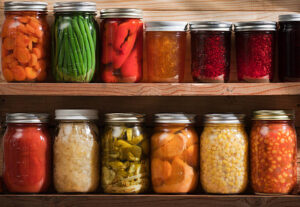 (Photo from iStock)
(Photo from iStock)
Canning is a classic method of preserving vegetables and fruits, dating back to the 18th century. It involves sealing produce in airtight containers (jars) and then heating them to kill bacteria, yeast, and moulds that cause spoilage. The sealed jars create a vacuum, preventing air and microorganisms from re-entering the container, thus preserving the contents.
Canning is ideal for preserving high-acid fruits like berries, peaches, and tomatoes. It’s essential to follow safety guidelines and recipes precisely to avoid spoilage and potential health risks.
-
Freezing
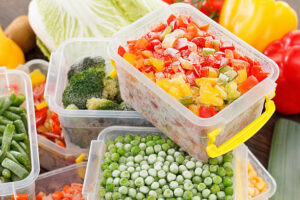 (Photo from iStock)
(Photo from iStock)
Freezing is one of the easiest and most popular methods to preserve vegetables and fruits. It involves lowering the temperature of produce to inhibit the growth of microorganisms and enzymes that cause spoilage.
Freezing works well for a wide range of vegetables and fruits, including berries, peas, corn, and bell peppers. It preserves both the nutritional value and flavour of your produce.
-
Dehydrating
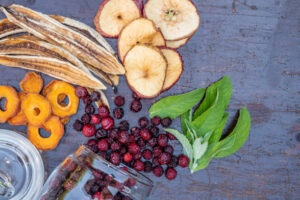 (Photo from iStock)
(Photo from iStock)
Dehydrating involves removing the moisture from vegetables and fruits to inhibit the growth of bacteria and moulds. This method concentrates the flavors and nutrients while extending the shelf life of your produce.
Dehydrated vegetables and fruits are excellent for making snacks, trail mixes, and adding to soups and stews. They are lightweight, making them perfect for backpacking or emergency food supplies.
-
Fermentation
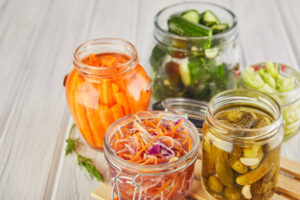 (Photo from iStock)
(Photo from iStock)
Fermentation is a unique preservation method that not only extends the shelf life of vegetables but also enhances their flavour and nutritional value. It involves the growth of beneficial bacteria that produce lactic acid, creating an acidic environment that prevents spoilage. Sauerkraut, kimchi, and pickles are classic examples of fermented vegetables.
Fermented vegetables are not only delicious but also packed with probiotics, which are beneficial for gut health. Fermented vegetables are highly useful in making of various dishes.
-
Pickling
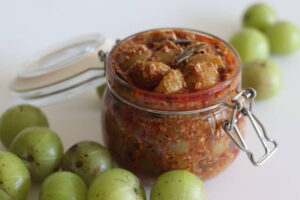 (Photo from iStock)
(Photo from iStock)
Pickling is a preservation method that involves soaking vegetables or fruits in a brine solution, typically consisting of vinegar, salt, and spices. This method creates an acidic environment that inhibits the growth of spoilage-causing microorganisms. Common picked products are pickles, chutney’s etc.
Pickled vegetables and fruits add a burst of flavour and tanginess to salads, sandwiches, and various dishes. They’re also an excellent way to preserve excess produce from your garden.
-
Root Cellaring
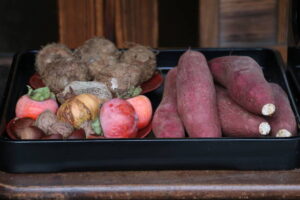 (Photo from iStock)
(Photo from iStock)
Root cellaring is an age-old method of preserving vegetables, particularly root vegetables like carrots, potatoes, and beets. It involves storing produce in a cool, humid, and dark environment, such as a cool basement. The controlled conditions slow down the ripening of vegetables, allowing them to last for months.
Root cellaring is an excellent method for preserving large quantities of root vegetables, as it doesn’t require any special equipment or energy consumption. It allows you to enjoy your garden’s bounty throughout the winter months.
-
Vacuum Sealing
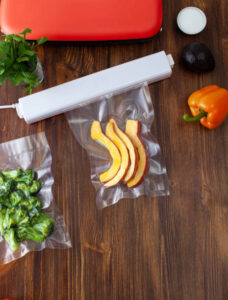 (Photo from iStock)
(Photo from iStock)
Vacuum sealing is a modern preservation technique that involves removing air from containers to create an airtight seal. This method helps inhibit the growth of spoilage-causing microorganisms and prevents freezer burn in frozen items.
Vacuum sealing is a well known method that can be used for various types of produce, including fruits, and even cooked meals. It’s an excellent choice if you want to extend the shelf life of your fresh produce and prevent freezer burn.
-
Preserving in Oil or Vinegar
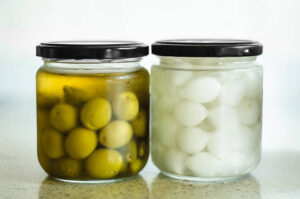 (Photo from iStock)
(Photo from iStock)
Preserving vegetables and fruits in oil or vinegar is a method that not only preserves the produce. But also infuses them with flavour. This technique is commonly used for items like sun-dried tomatoes in oil or pickled peppers in vinegar.
Preserved vegetables and fruits in oil or vinegar are a flavourful addition to salads, antipasto platters, and sandwiches. For pasta sauces and marinades they prove to be a good choice.
-
Drying with drying agents
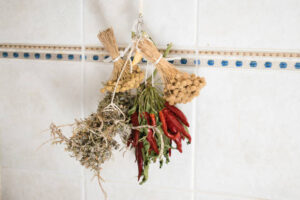 (Photo from iStock)
(Photo from iStock)
Drying with drying agents is a method suitable for small quantities of vegetables and fruits. These are substances that absorb moisture, making them an effective way to preserve produce without the need for special equipment.
Drying with drying agents is an excellent method for preserving small batches of produce or herbs. It’s simple, requires minimal equipment, and is ideal for those who don’t have access to a dehydrating agents.
-
Making Preserves, Jams, and Jellies
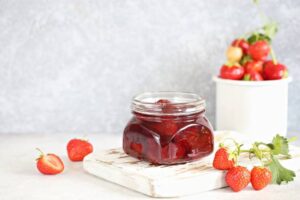 (Photo from iStock)
(Photo from iStock)
Preserves, jams, and jellies are sweet spreads made from fruits. They are often mix with sugar and pectin. They are mainly used for adding flavour to breakfast items. Like toast and muffins. We use jellies in deserts and savoury dishes to enhance the taste.
Making preserves, jams, and jellies is a tasty way to enjoy the flavors of many fruits all over the year. You can get creative with flavour combinations and even experiment with less sugar recipes.
Conclusion
Preserving vegetables and fruits is a valuable skill that allows you to enjoy the flavors and nutrients of fresh produce well beyond their typical shelf life. Whether you choose traditional methods like canning and other modern techniques like vacuum sealing and drying, each approach has its unique advantages. By following proper techniques and safety guidelines. So, you can reduce food waste, save money. And savour the taste. So, roll up your sleeves, get creative in the kitchen. And embark on a journey of preserving your favorite vegetables and fruits. Your taste buds and your wallet will thank you.
Reference:
The Spruce
Want to do a meal prep, what are you waiting, go check some amazing ideas for meal prepping, click on the link below:
How to do your meal prepping routine

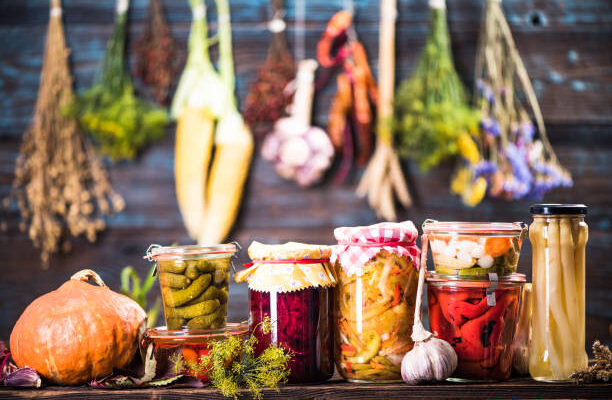

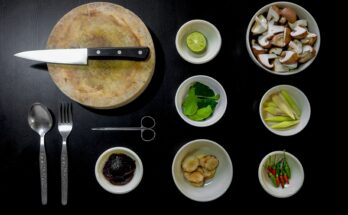

2 Comments on “How to Preserve Your Vegetables and Fruits”